I recenly refilled my central heating system after completely draining down to install an automatic bypass valve and then a partial drain down to install a Magnaclean filter a bit later on, when the system was refilled I used Fernox F1 inhibitor (£18.99 per 500ml), as I didn’t know the volume of water in the system to meet the required minimum of 5% inhibitor per 100 litres of system water, and to be on the safe side, I used two bottles of Fernox, as you can not overdose the system, but this is wasteful and not to mention expensive.
In order to use the correct amount of inhibitor, I needed to find the volume of water and ‘spend to save’, so I bought a couple of inhibitor test kits, a Fernox Protector Test Kit for £23.46 and Sentinel x100 quick test for £4.99.
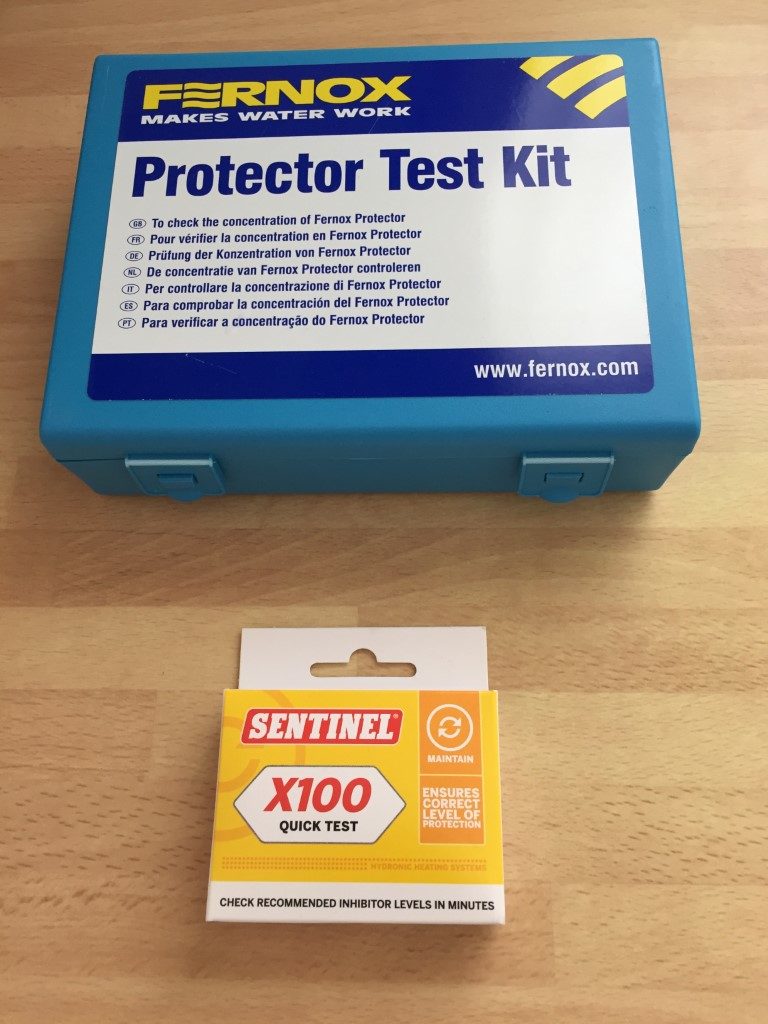
So, why did I buy two test kits!
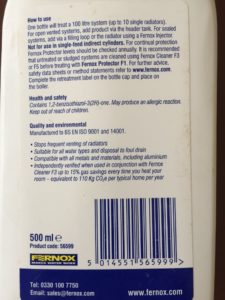
When the system was completely refilled I used Fernox F1, a few months later I decided to install the Magnaclean and needed some pipe fittings and inhibitor to top up the system resulting from the partial drain down, however, the merchant didn’t sell Fernox F1 only Sentinel x100, so I bought that.
Reading on a plumbing forum their was a suggestion that it was not a good idea to mix different manufactures inhibitor in the same system, I read this after I had already bought the x100 quick test kit off eBay.
I was refunded the cost of the x100 which was good of Plumb-It in Huntingdon, and bought Fernox F1 from another merchant and I also decided to buy as a long term investment a Fernox test kit.
As I now had two test kits, I thought I would see if the Sentinel x100 quick test would give an accurate indication of inhibitor strength of Fernox F1 as the x100 quick test kit will do two concentration tests for £4.99, rather than spend over £23, having said that, I can do 25 tests with the Fernox test kit, so it is cheaper overall, but as a DIY’r getting the x100 kit is more cost effective.

Reading the hazard data sheets for x100 and Fernox, they contained the same chemicals and concentrations, Fernox F1 had one further component:
- (Fernox & Sentinel) <2.5% Benzotriazole
- (Fernox & Sentinel) 5% Sodium Molydate
- (Fernox) Nitrilotriethanol
So I decided to test if the X100 kit would work in practice.
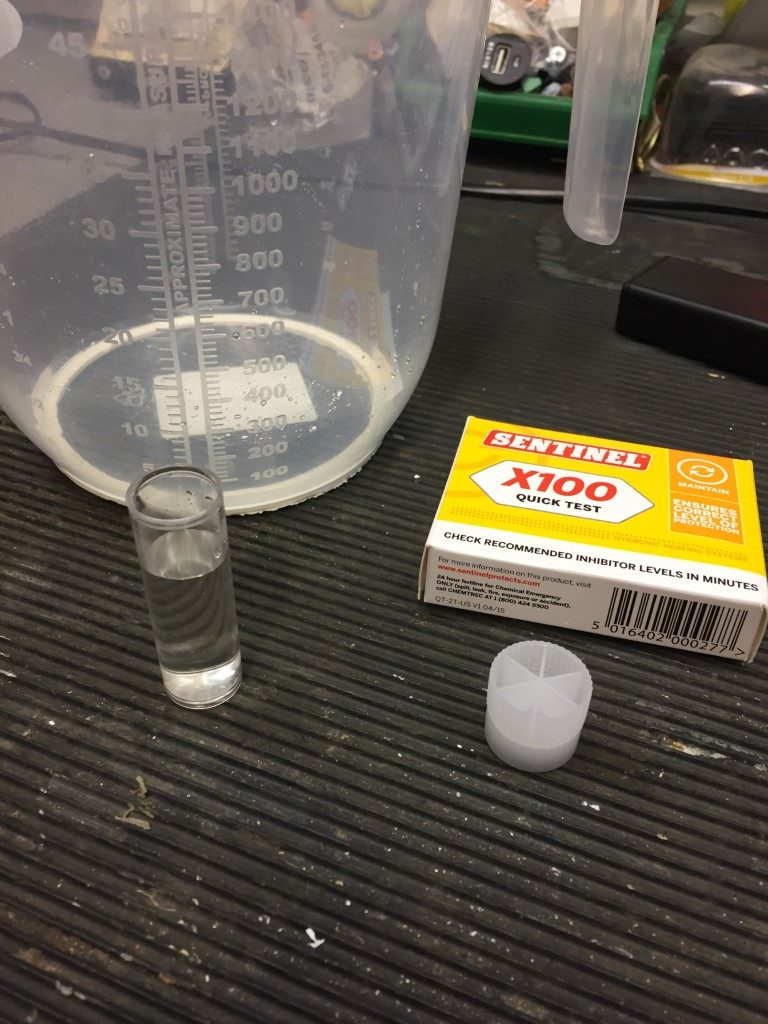
Running some system water off using the vent on the Magnaclean, you fill the container to 1cm from the top and add two tablets, shake and then wait 10 minutes, the colour of the solution should then be compared with back of the x100 packet, if its the same yellow colour or deeper, its fine.
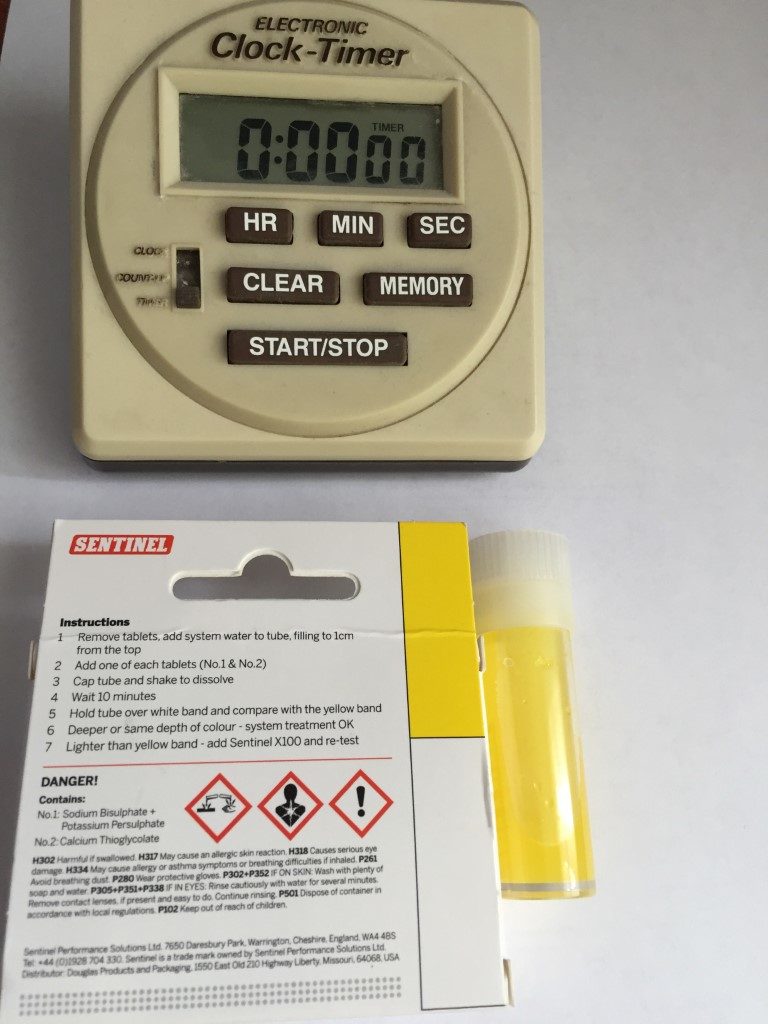
Using the x100 test, the result appears my system water is of an adequate concentration.
The Fernox Inhibitor Test Kit was slightly more involved than the x100 test, but not difficult, the first thing to do was establish as baseline for your cold water which was used to fill the heating system with water.

Filling the supplied container with 10ml of tap water, you add drops of the reagent and count the number of drops needed to change the solution from Blue to Orange.
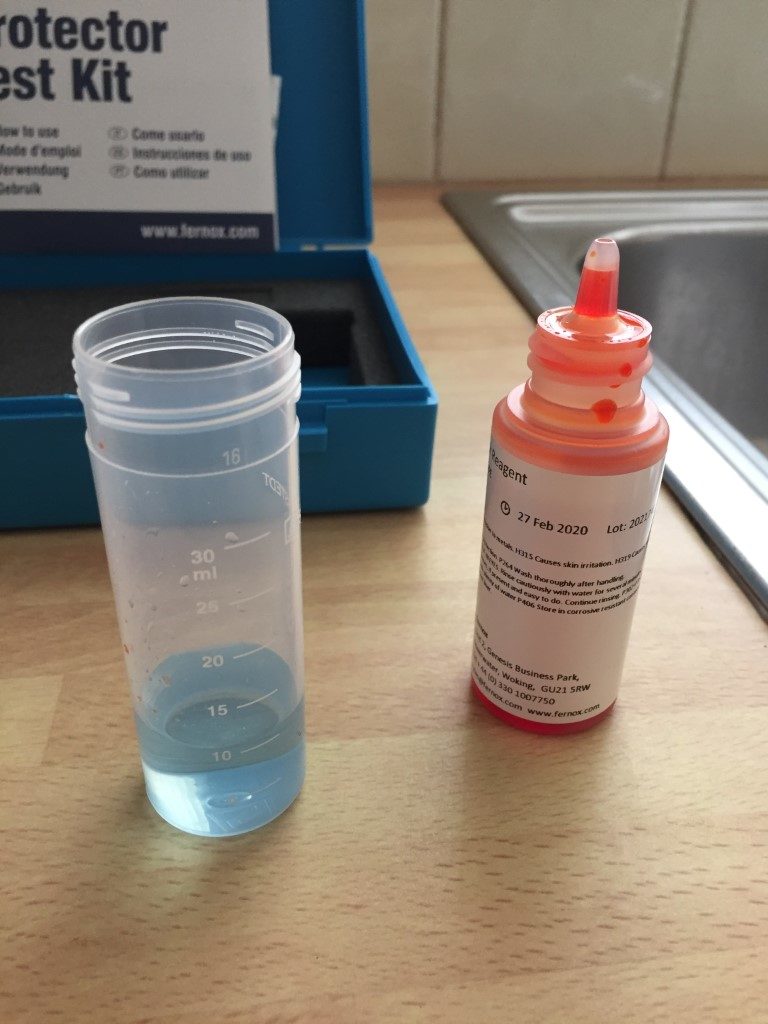
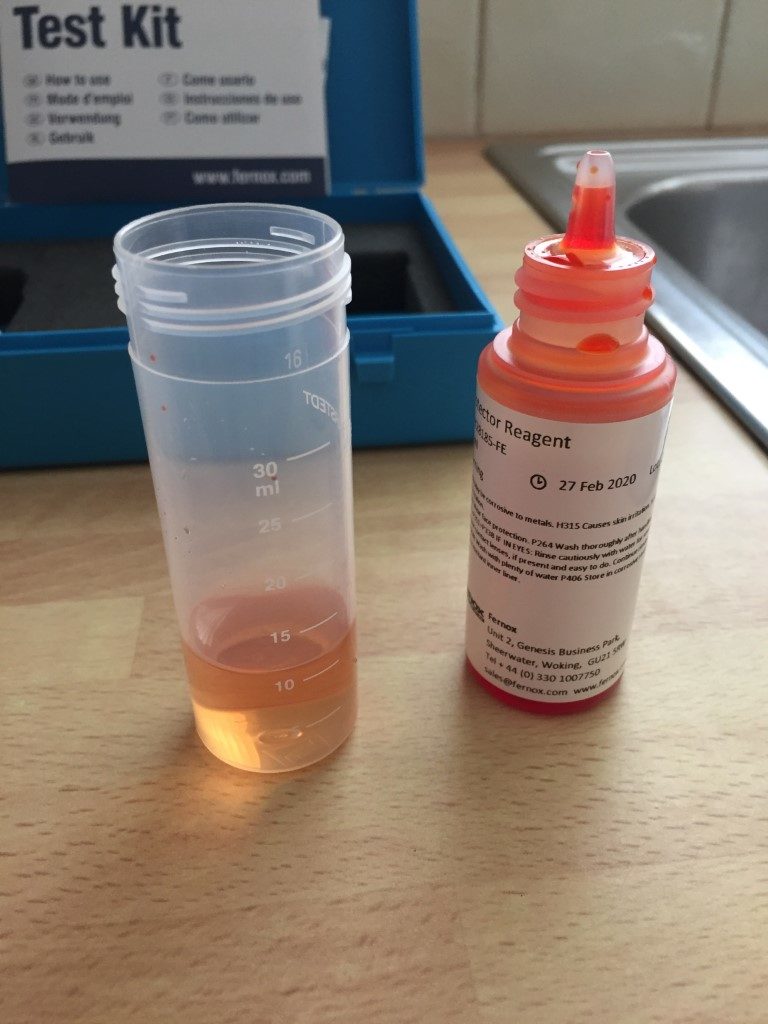
To change my tap water from Blue to Orange took four (4) drops of reagent, shaking the bottle after each drop, this number will be subtracted from the drops total in the next part.
Washing out the container, I refilled this with central heating system water to 10ml as before.
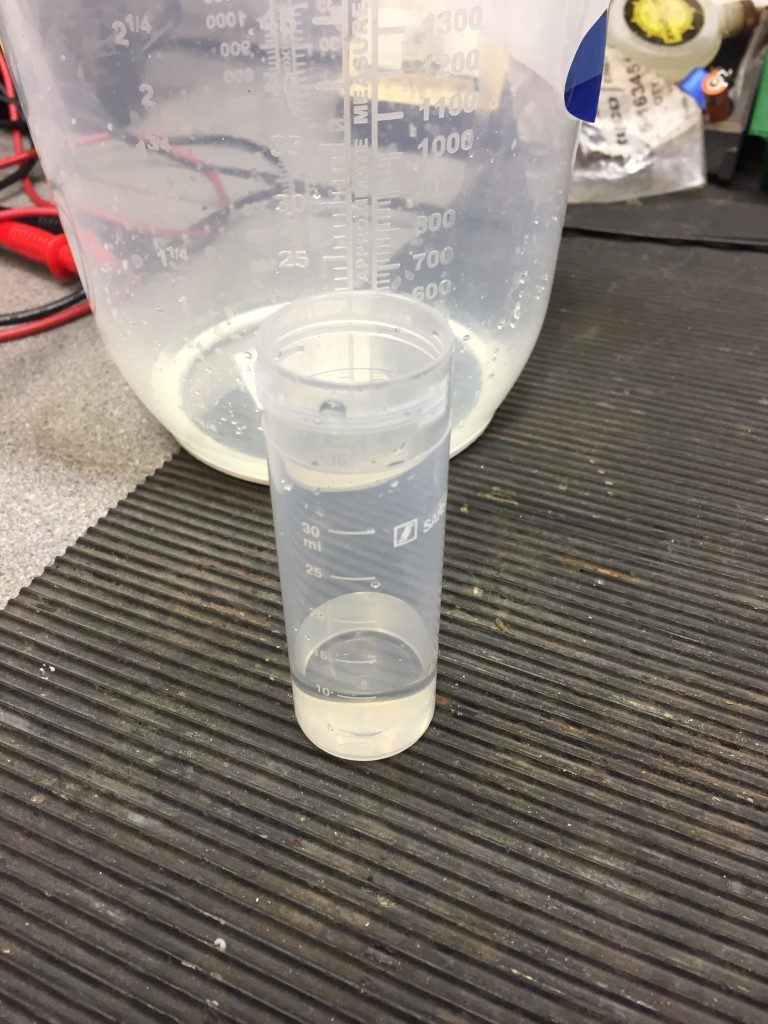
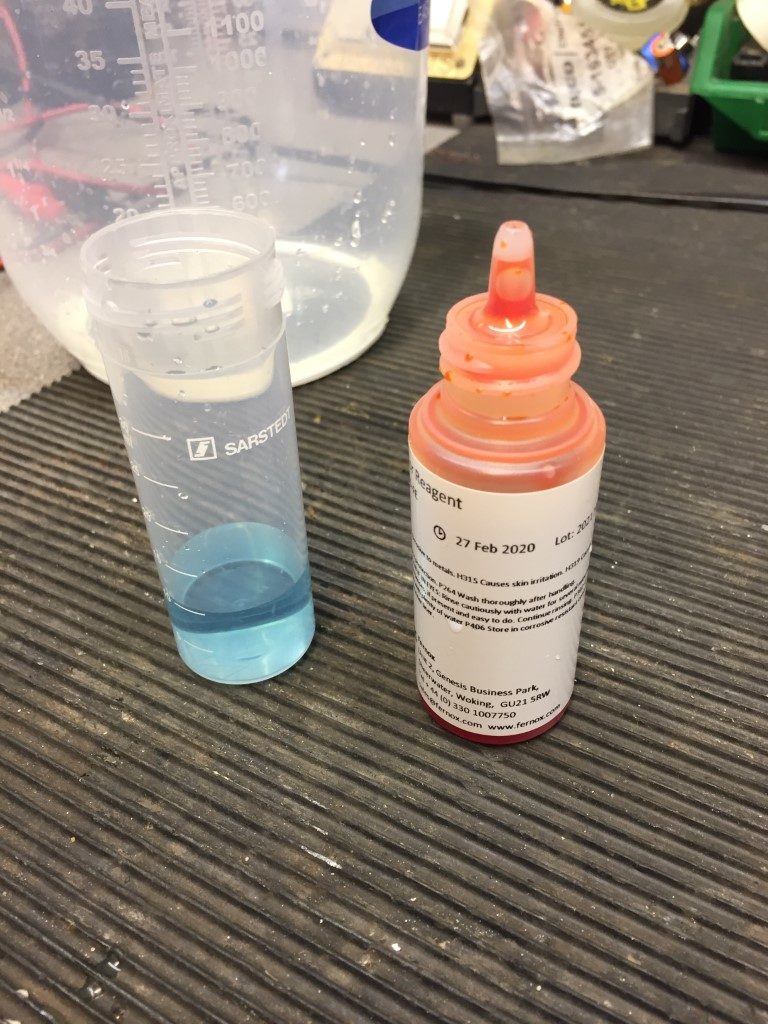
One drop of reagent added.
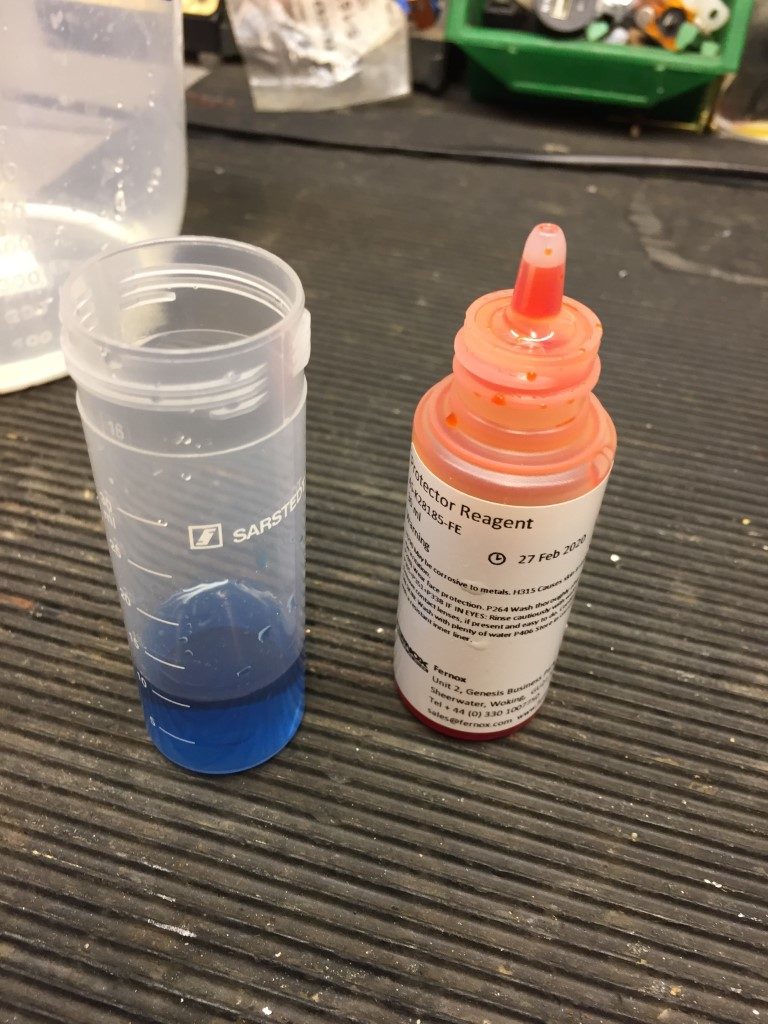
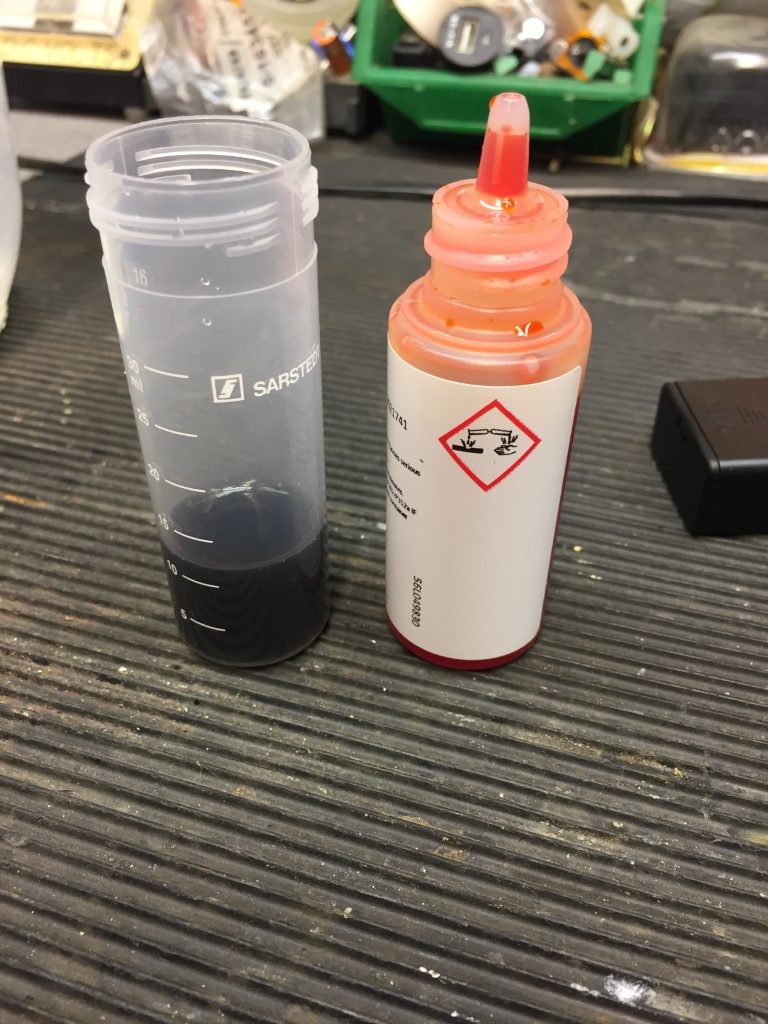
Very nearly there.
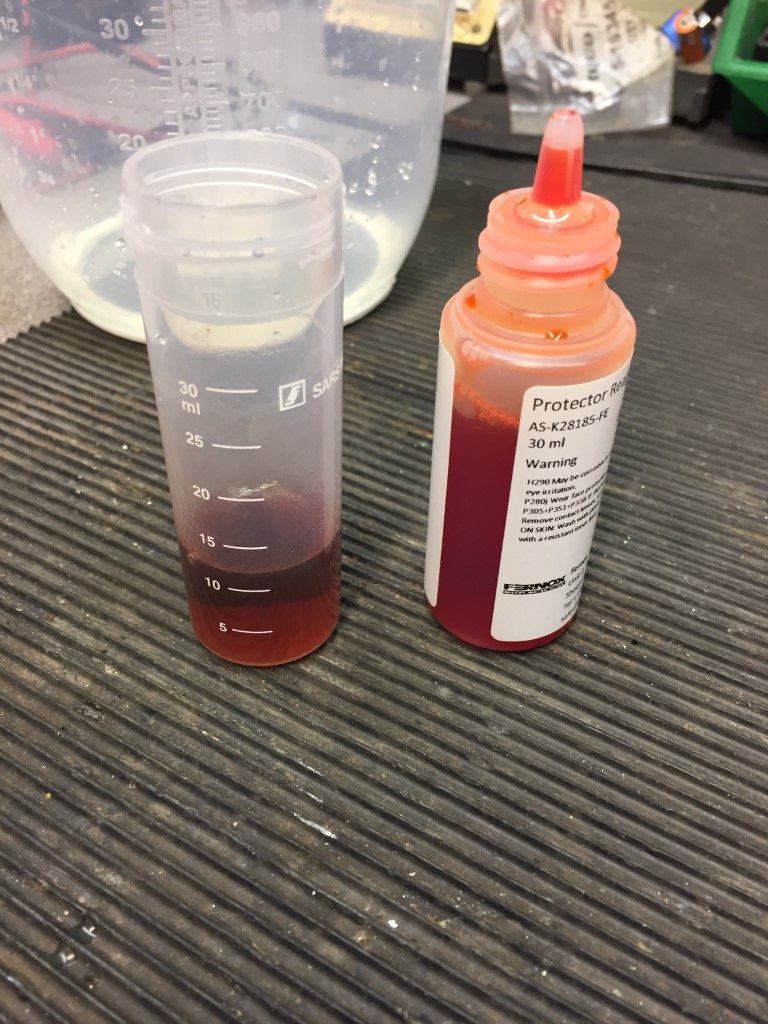
After 39 drops, the solution changed to Orange, subtracting the baseline tap water 4 drops, means that 35 drops were needed overall, referring to the kit instruction, for Protector F1 at the recommended dose of 500ml for 100L of system water, a minimum of 9 drops of reagent is required to change from Blue to Orange, obviously, I’m well overdosed!!
This got me thinking of how I can determine how much water is in the heating system, the Fernox web site suggests that in a domestic system, volume can be estimated by counting the number of single panel radiators in a property and multiplying by ten. remembering to count double panel radiators as two single panels.
I have 13 radiators with 3 of these being doubles, therefore, using the formula above, this would be 16 x 10 = 160 Litres of System Water needing just over 1.5 x 500ml bottles of Fernox F1.
To cross check this approximate value, I went the manufactures site for my radiators and found the data sheets, checking the sizes of my radiators against the Kw output of each one, this equaled a total of 10.87Kw, allowing that 1Kw requires 11 liters of water and adding a overhead of 25 litres for water in the boiler, indirect heating coil and system pipework, it worked out to 144.5 Litres of System Water needing just under 1.5 x 500ml bottles of Fernox F1.
The next time the system is completely drained I’ll use one 500ml bottle and then test to confirm if indeed it does need more than one bottle, once established I’ll sell the test kit on eBay.

